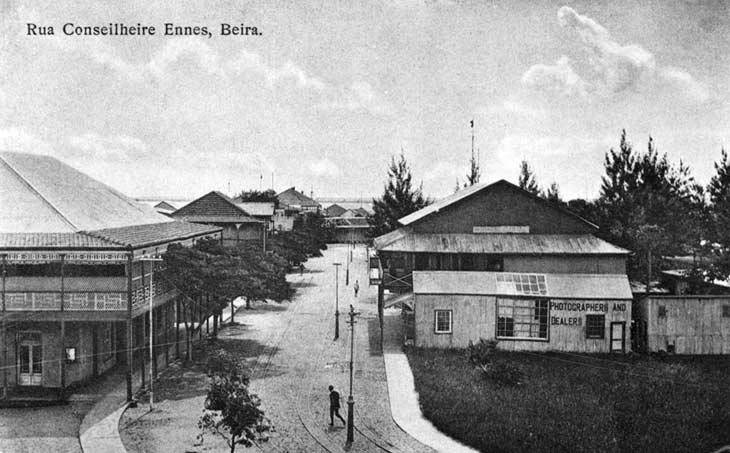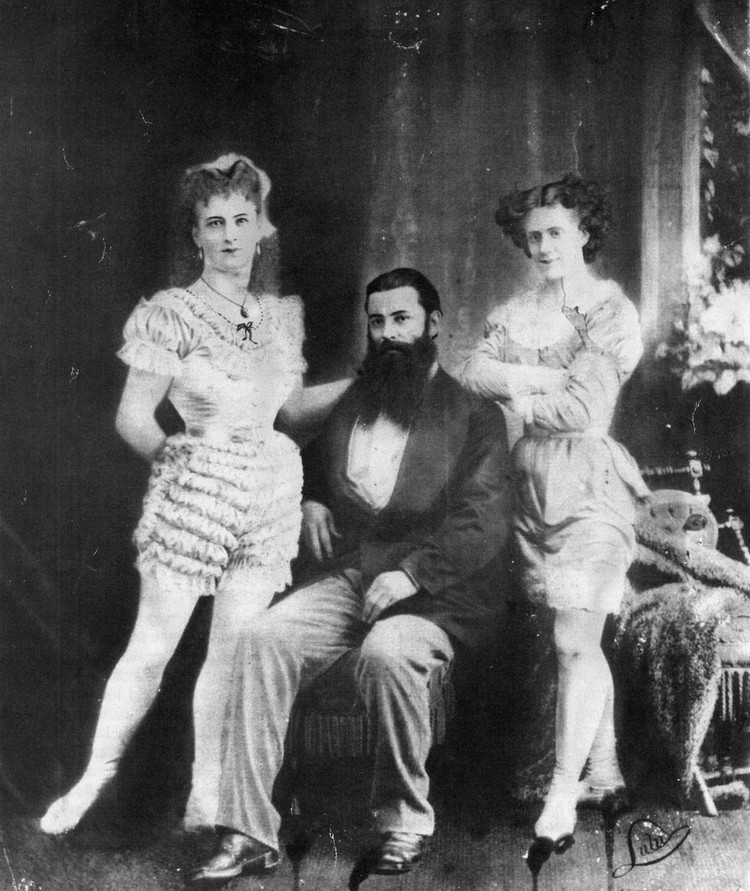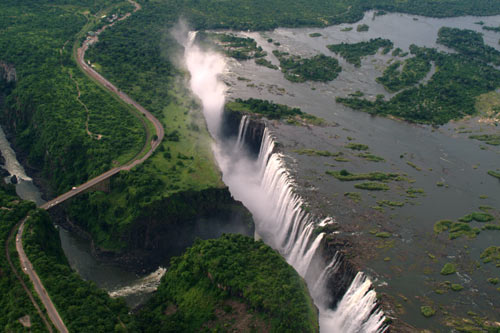I got to see the movie a few months ago, and saw it again a recently. It's wonderful that someone's made a movie from the book - it's such a visual book that for decades it must have been screaming for the right film-maker. The film is a huge success and rightfully so - speaking for myself, the visual sense I had of Chander Pahar has been fulfilled for the large part.
It is shot on location in various parts of Africa; the cast is good, and gets really into the skin of the characters they are playing. The mise-en-scene looks authentic, though I'm not really an expert on this. The story has been trimmed, and in some places telescoped - that's fine, since it does not take away the dramatic flow of events and the relentless movement in the book.
There are two grouches I have about the movie - both are significant at least in my opinion. First, Shankar looks the same throughout the movie, except towards the end after the death of Diego Alvarez. Let me explain. When he left India, Shankar was a slightly podgy, comfortably well-padded young Bengali boy. The hard work on the Uganda Railways, his treks through the savannah, his travels with Diego Alvarez - these should have gotten rid of his fat, and made him into a hard-muscled, wiry, athletic man of the wilds. His deprivations, particularly after the death of Alvarez, should have turned him into an emaciated living skeleton, held together by skin, faith and hope. All that his later adventures have done is to have got him a dirty beard and unkempt long hair - his well-cushioned look didn't change.
After his recovery at the Salisbury hospital, he emerges into the streets the same comfortably well-padded young man who left Calcutta some years ago. There was not a line on his face to tell us of the difficult times he'd faced.
The other problem I have with the movie is the bunyip. Why the director wanted to show the bunyip passes my understanding. Great horror stories and movies have shown us that often it's best to suggest things and leave our imaginations to work out the worst of horrors for us. When the bunyip first appeared on the screen, our first reaction was "no, this can't be it! tell us it isn't so!"
However, let no one take away from the things that make the movie worth watching more than once. It's fun, it's exciting, it looks real in most places, including the little cameos of Jim Carter and Albuquerque. The huge lion is great (looks a bit well-trained though); the tribesmen look and feel real, and the Mountain of the Moon looks grand.
Really recommended!!
It is shot on location in various parts of Africa; the cast is good, and gets really into the skin of the characters they are playing. The mise-en-scene looks authentic, though I'm not really an expert on this. The story has been trimmed, and in some places telescoped - that's fine, since it does not take away the dramatic flow of events and the relentless movement in the book.
There are two grouches I have about the movie - both are significant at least in my opinion. First, Shankar looks the same throughout the movie, except towards the end after the death of Diego Alvarez. Let me explain. When he left India, Shankar was a slightly podgy, comfortably well-padded young Bengali boy. The hard work on the Uganda Railways, his treks through the savannah, his travels with Diego Alvarez - these should have gotten rid of his fat, and made him into a hard-muscled, wiry, athletic man of the wilds. His deprivations, particularly after the death of Alvarez, should have turned him into an emaciated living skeleton, held together by skin, faith and hope. All that his later adventures have done is to have got him a dirty beard and unkempt long hair - his well-cushioned look didn't change.
After his recovery at the Salisbury hospital, he emerges into the streets the same comfortably well-padded young man who left Calcutta some years ago. There was not a line on his face to tell us of the difficult times he'd faced.
The other problem I have with the movie is the bunyip. Why the director wanted to show the bunyip passes my understanding. Great horror stories and movies have shown us that often it's best to suggest things and leave our imaginations to work out the worst of horrors for us. When the bunyip first appeared on the screen, our first reaction was "no, this can't be it! tell us it isn't so!"
However, let no one take away from the things that make the movie worth watching more than once. It's fun, it's exciting, it looks real in most places, including the little cameos of Jim Carter and Albuquerque. The huge lion is great (looks a bit well-trained though); the tribesmen look and feel real, and the Mountain of the Moon looks grand.
Really recommended!!

















